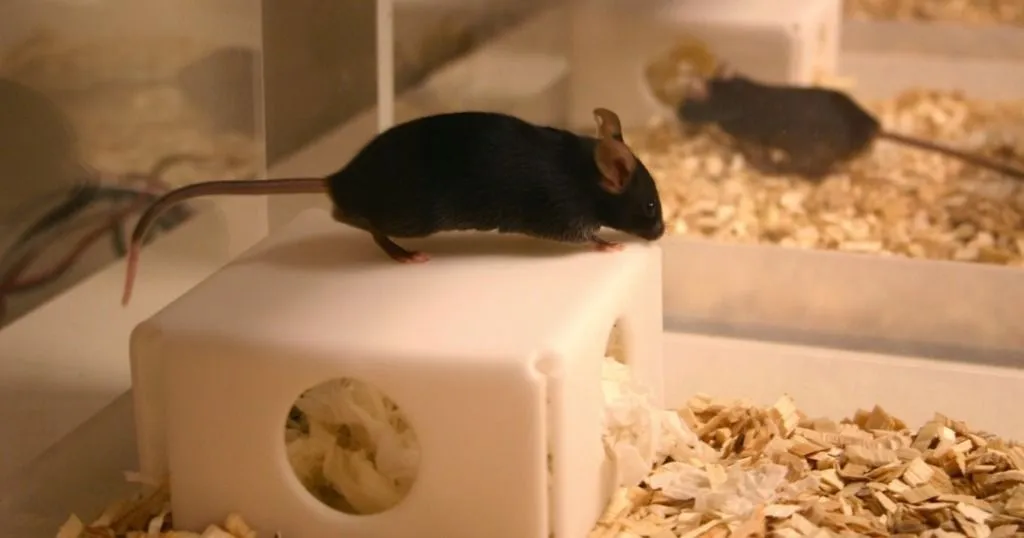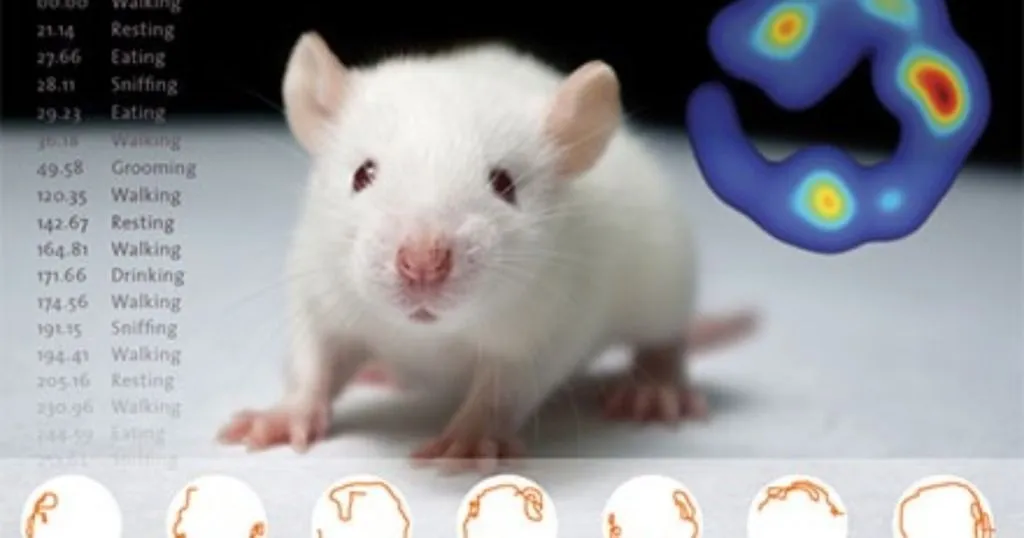NIH Grant Writing Series: Insider Tips for Funding Success - Part 1
In this series of blog posts, Dr William Gerin will provide advice for writing an excellent, award-winning NIH proposal. Topics include registration, prep, specific aims, formatting, the proposal itself, budgeting, collaborators, and different mechanisms.
Posted by
Published on
Fri 25 Apr. 2025
Topics
| Neuroscience | Psychology | Grants | NIH | Behavioral Research |

We are honored to welcome guest contributor, Dr. William Gerin, former Professor of Behavioral Medicine at Penn State University. Dr Gerin is the author of Writing the NIH Grant Proposal: A Step-by-Step Guide, Third Edition (Sage Publishing).
Writing a NIH proposal: Advice from an expert - Introduction
In this series of blogs I will provide advice for writing an excellent, award-winning NIH proposal. I will give you the benefit of my thirty years as a NIH-funded researcher and, on occasion, NIH reviewer, to help you write a great proposal. And the way to do that is to write an interesting proposal. Tell a story. Show your passion. Every NIH grant is tied to one public health outcome or another; how are you going to address that problem? What is the story behind your proposal?
My interest in this topic grew from my experiences at Columbia University, in which I mentored physicians, fresh out of medical school, and, as they work towards their board certifications, are told that if they do not bring in a grant within a couple of years they will be invited to find a new job. So, they need to fill that gap in their education.
What to expect
Some of the topics covered in this blog series:
- Registrations: There are no shortcuts here, you must do the homework. This includes tasks from immersion in the literature to finding out who your reviewers might be.
- Specific Aims: This is the first page of your proposal; it is limited to one page, and it must be perfect. What I mean by that is, it must present the entire study you are proposing, the relevant literature, how your research will contribute to the field, what are your hypotheses and specific aims, and how do you plan to go about testing them.
- Formatting
- The body of the proposal, including the introduction, proposed methodology, statistical and power analysis, and discussion.
- The budget
- How to pick collaborators and consultants (and the difference)
- Different grant mechanisms

Should you still apply for NIH funding in the face of proposed cuts and shifting priorities? Yes and now’s the perfect time. Learn why early action, strategic language, and persistence could give you a critical edge in the next funding cycle.
Will NIH lose its funding? Should I bother to apply for NIH grants?
The answer to both questions is yes!
You are probably aware that NIH has fallen under the knife, and at this point in time, nobody knows what is going to happen. For the details, put “is NIH funding still frozen” in your web browser. Here is the first point they make: As of April 1st, the NIH funding freeze has been lifted, but the process is still ongoing and some funding opportunities have been closed or updated to align with agency priorities.
This is largely good news, and the implication is, submit! NIH will be back up and running, and when it is, all those researchers who didn’t bother writing proposals will be caught up short and rushing to write and submit them. There will be less competition, since many will not be prepared. It takes a lot of effort and a lot of time to write a fundable proposal, so you want to get ahead of the curve.
Here is the most important detail: NIH is still accepting applications.
Write, Write, Write; Submit, Submit, Submit!
So, should you apply? Yes, absolutely. I believe (for what it is worth), and so do my colleagues at NIH, that the public outcry will persuade the current administration to withdraw their cuts to NIH, and you want to be ready when they do! Because many others, who ordinarily would have constituted your competition, won’t be.
Write better proposals
Get your free guide here
We offer resources to locate funding sources and assist with the grant writing process, with no cost or commitment to you!
New Language Restrictions
One of the new restrictions concerns language that may not be used. The Federal Agency in charge will search on “forbidden words”. There are so many I cannot list them here and there are websites that show them. The length of the list (not to mention the content) will astound you. (It astounded me!). Here are just a few:
Activism, activists, antiracists, biased, black and latinx community diversity…
This is going to present great difficulties to those writing proposals about diversity (for example). Pretty hard to write about a proposed study in the black and latinx community when you are not allowed to say, “black and latinx community”! Some things that are happening are undesirable, but, on the other hand, things may be looking up.
So, do not be discouraged! Write and submit applications so that you can test your hypotheses and write papers that will be published in high-impact peer-reviewed journals. And when this happens, your career will benefit!
WRITE BETTER PROPOSALS - GET YOUR FREE GUIDE HERE
We offer resources to locate funding sources and assist with the grant writing process, with no cost or commitment to you!
Download for freeComplimentary grant review to strengthen your proposal
To assist you in your upcoming grant applications, we are pleased to offer a complimentary review service to help ensure compliance with evolving guidelines. Our team will carefully assess your proposals, helping to prevent potential obstacles in the review process.
Learn more about our Grant Assistance Program.
Related Posts

Circadian rhythmicity and other behavioral studies
Learning how to use software for video tracking in animals
